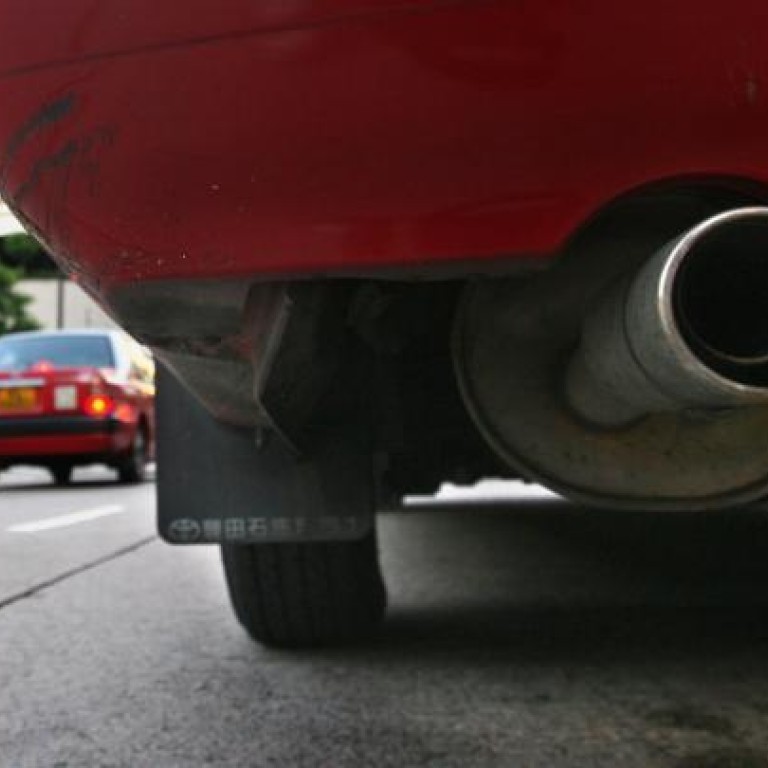
Government's plan for greener vehicles
I refer to the letters relating to roadside air pollution by Nigel Lam ("HK$10b fund will not curb air pollution", February 4) and Don Pittis ("Taxis could switch to new hybrid models", February 4).
In his policy address, the chief executive said our air quality policies were premised on the protection of public health, and our next priority would be improving roadside air quality.
Particulates and nitrogen oxides emitted by franchised buses, liquefied petroleum gas (LPG) taxis, light buses with worn-out catalytic converters [which control emissions] and aged diesel commercial vehicles are the culprits of such pollution. We will tackle them with focused strategies.
Franchised buses and LPG vehicles are the major emitters of nitrogen oxides. We will subsidise franchised bus companies to retrofit Euro II and III buses with selective catalytic reduction devices that can reduce nitrogen oxide emissions by more than 60 per cent. For owners of LPG taxis and light buses, we will subsidise the replacement of their catalytic converters. Then we will strengthen their emission control through the use of remote-sensing equipment and dynamometers for emission testing.
Aged diesel commercial vehicles emit nitrogen oxides and nearly 90 per cent of the particulates that all vehicles emit. Last year, the World Health Organisation declared these emissions to be carcinogenic. There are about 128,000 diesel-powered commercial vehicles (excluding franchised buses). Among them, 88,000 are pre-Euro IV vehicles. Compared to Euro V, they emit five to 34 times as much particulates. To improve roadside air quality and safeguard public health, we have to expedite these vehicles' retirement.
As for replacing their old engines with the latest ones or retrofitting them with emission-reduction devices, vehicle manufacturers have to conduct detailed technical studies and testing for each model to ensure newly added components can work with the existing ones within the confines of the chassis.
The work is laborious and costly, the outcome is uncertain, and space availability can be a major constraint. It may not be worthwhile to undertake these costly modifications on vehicles with chassis that have suffered severe wear and tear, especially poorly maintained ones. Hence, replacing them with new ones is the only viable solution.
We are now consulting with the Legislative Council and the transport trades about our proposal, which we have formulated by keeping in mind technical feasibility, the prudent use of public money and the polluter-pays principle.

